I was now the invisible man: I had disappeared from society
Overlooked and ignored, I had lost all importance
Having worked as a disability support worker for five years, I thought I had a fair understanding of the challenges faced by people with disabilities. That changed when a doctor told me I might never work again. Suddenly, I slipped into the peripheral vision of society and became invisible. Being invisible is demoralising, dehumanising, and utterly exhausting. Waving your flag every day to be seen can drain your energy, leading to mental health issues like depression and anxiety.
The struggle of invisibility
Those with a determined spirit continue to apply for positions, all the while knowing they must convince interview panels they are both disabled and capable of doing the job. Life becomes a daily struggle when you are invisible to society. But it doesn't have to be this way. Simply asking, "Is our recruitment process inclusive?" can broaden your perspective. By breaking down the position into essential and non-essential components, you can open the door to a new pool of candidates eager to work and gain independence.
The toll on mental health
Being invisible and feeling excluded can take a severe toll on mental health. The constant effort to prove oneself, combined with the rejection and isolation, can lead to severe mental health issues. Organisations must recognise the human impact of their hiring practices and understand the profound effect they have on individuals' lives.
A call for inclusive recruitment
Inclusive recruitment is more than meeting diversity quotas; it’s about creating an environment where everyone feels valued and has the opportunity to contribute. This requires looking beyond disabilities and appreciating the unique skills and potential each candidate offers. By focusing on what candidates can do, rather than what they can’t, organisations can unlock a wealth of talent and drive innovation.
Key strategies for inclusive hiring:
- Evaluate job requirements: Regularly review job requirements to ensure they are genuinely necessary and do not exclude capable candidates.
- Flexible scheduling: Offer flexible start times and working hours to accommodate those relying on public transportation.
- Support systems: Provide alternative transportation options and other support systems to assist employees with disabilities.
- Emphasise skills and potential: Focus on the skills, attitude, and potential of candidates rather than rigid requirements unrelated to job performance.
Conclusion
Is your company's hiring process so focused that it inadvertently renders the candidates you aim to include as invisible? It’s time to re-evaluate these practices and ensure you are not missing out on top talent. By creating a more inclusive recruitment process, you can build a diverse and innovative workforce that propels your organisation to success.
Contact me today to arrange a free 1-hour consultation to identify ways to enhance your disability inclusion policy.
Hashtags:
#InclusiveHiring #DiversityAndInclusion #WorkplaceEquity #DisabilityInclusion #MentalHealthAwareness #HR #PolicyChange #EmploymentSupport #Leadership #TalentManagement







